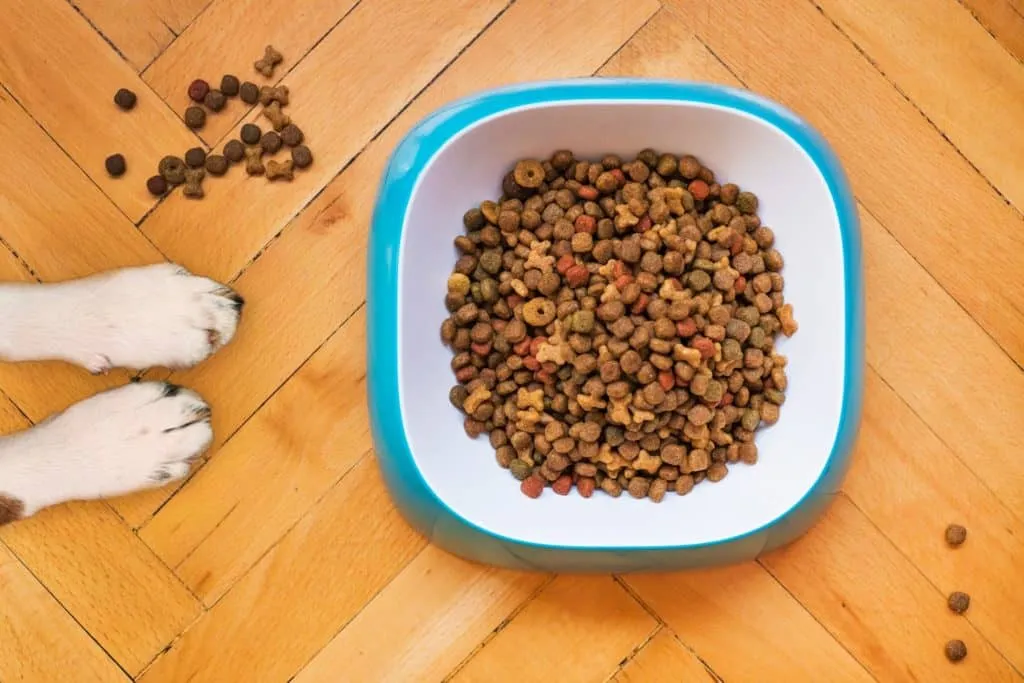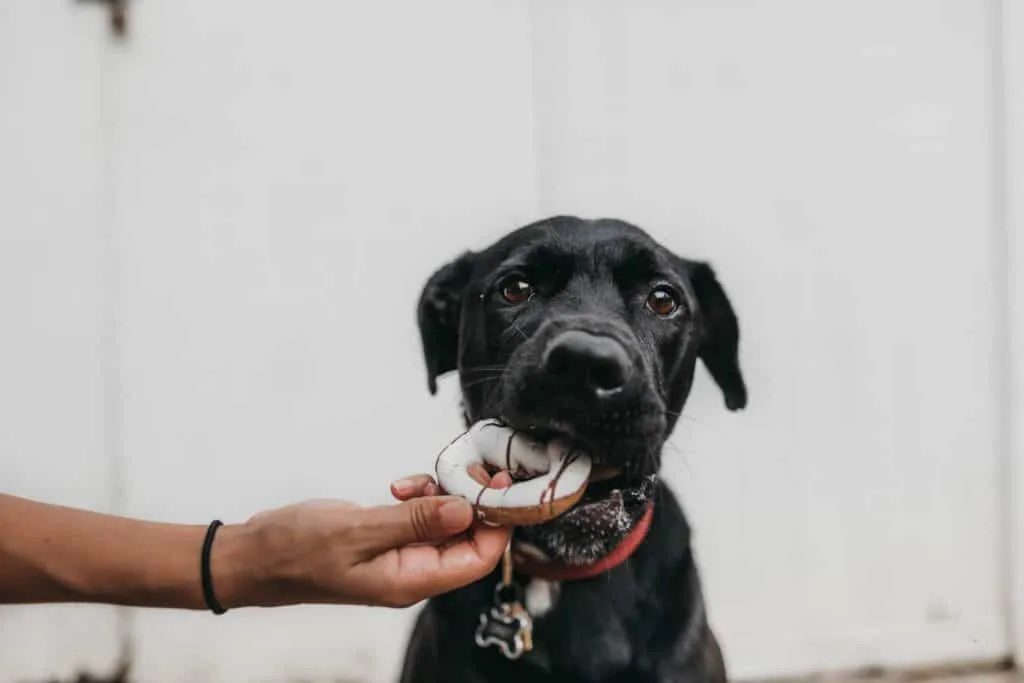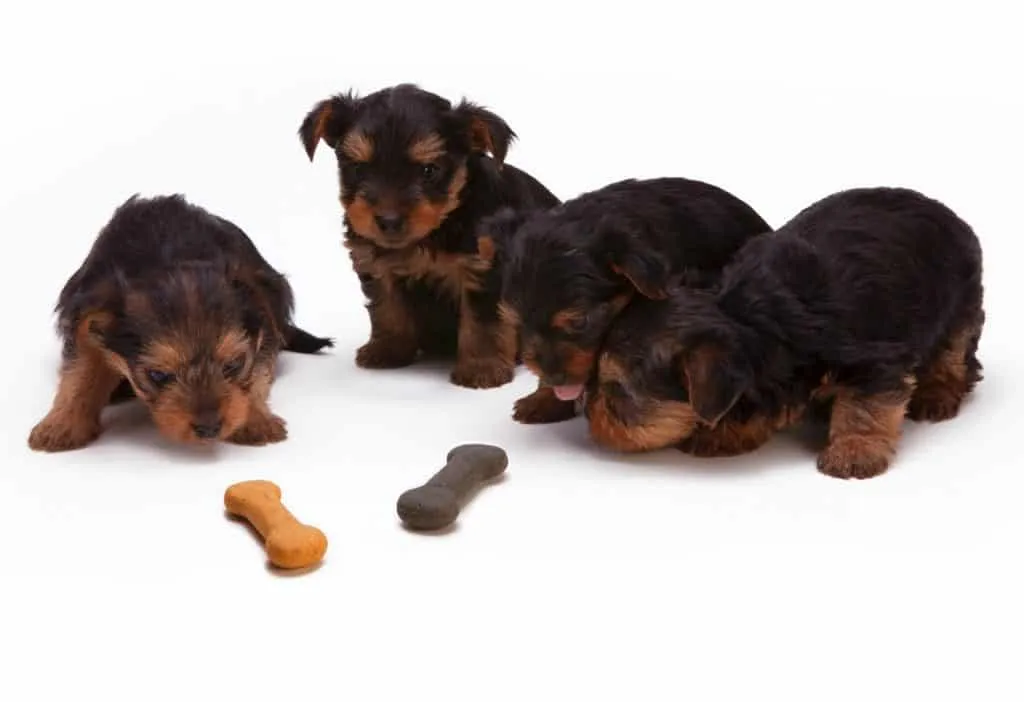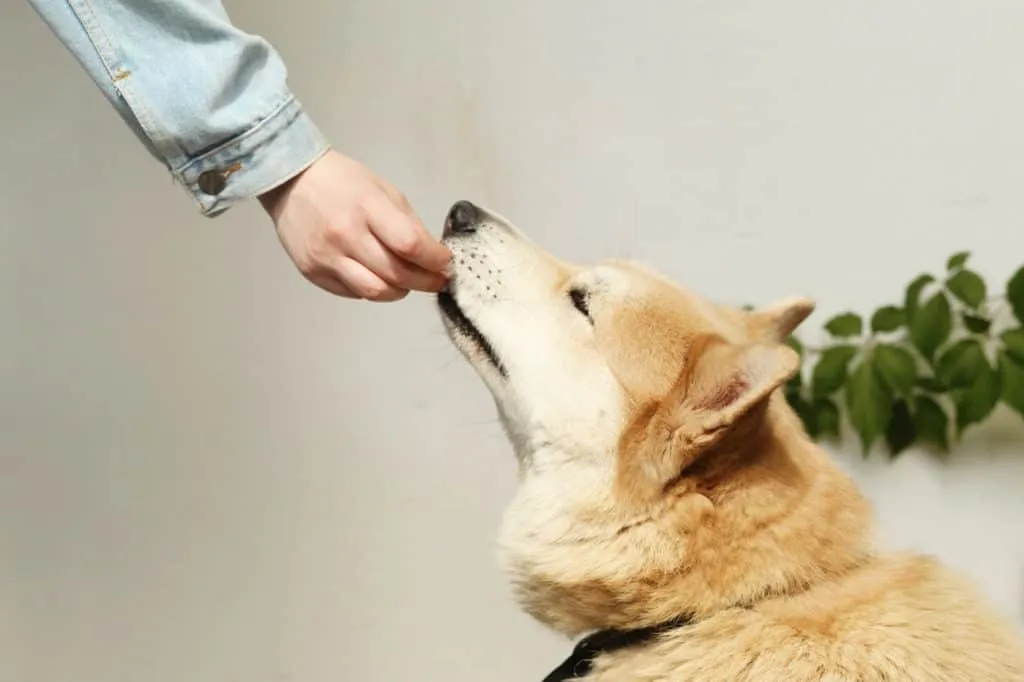Mmm, tasty! Give a dog a cookie, and he will happily go on his way, right? Not always, unfortunately. Just like us, dogs are as unique in their motivators as each little pawprint.
For some dogs, treats are boring, and they would prefer a belly rub or ear scratches. Food can prove to be too exciting for other pups, therefore rendering training with treats ineffective. It can even be frustrating for a dog trainer, pet owner, and your pet too.
Here we will dive deeper into how to train a dog that doesn’t like treats. Let’s find out the alternative solutions to make training more fun and interactive.

Is My Dog Food Motivated?
Firstly, it may prove useful to understand if your dog is food motivated or not. Does he immediately charge when he hears a tasty pack crinkle open? Does he get excited seeing you offer out a delicious bite? If so, great!
But as well know, every dog has its own preference. Not all dogs love food or get excited when he sees food.
This article is for those of us who haven’t had as much luck persuading our furry friends with snacks. However, if your puppy is more motivated by praise or physical touch, you may be curious to learn how to train a dog that doesn’t like treats.
Perhaps you do indeed have a food-motivated dog. However, he is quite picky with the motivators. As we know, a dog’s sense of smell is superior. The ratio is about 50 scent receptors to only 1 of ours.

Treats in Training
Using treats in training your dog is positive reinforcement for learning a certain behavior and following your commands. In addition, a treat serves as a reward for your pup for whatever good behavior he exhibited during training.
But when your pups are picky with what they eat, training with treats can be quite a challenge.
As we “pawrents” have our own tastes and preferences, so do our fur babies. Perhaps bacon-flavored treats like this aren’t up to snuff, and he would prefer a leaner chicken snack . You can try out different snacks to learn more about your dog’s preferences.
You can also increase your chance of success if you work with your dog before feeding him. It will keep his drive up for him to satisfy his hunger. He might be more inclined to oblige in exchange for a treat on an empty belly. After a meal, there is less space physically for treats. If you notice that this tactic works, you can try to schedule your training sessions before feedings.

In using treats in training your pet, ensure that these treats are of high quality.
Generally, dog treats with high value as to their quality taste better than those of low value. So, when your dog starts to sniff a treat yet is unwilling to gobble it up, a change of treats might be the answer.
What if my Dog isn’t Interested in Treats?
But when you have already tried different types of dog treats, yet all these did not motivate him to train, other forms of positive reinforcement would help.
While some dogs love to eat, they may not, particularly like treats.
Toys are also a common training aid, such as this squeaky toy or this interactive toy . You can train using toys the same way you would with a treat. However, it is important to give your puppy more time to enjoy the toy. Unlike when you give them a treat, which they gobble up in a few seconds.
If your pup prefers something he can dig his teeth into, this durable dog chew toy can satisfy the need to chew and aid in your training sessions.

How to Train My Dog That Doesn’t Like Toys or Treats?
If you find yourself in a situation where your dog neither desires treat nor toys, there are still options! Let’s first check that your dog does not have free access to all of his play toys. It is also important that he is not free-fed.
We want to make your pooch work for his rewards, which is actually healthier for him. If you can wake up, it’s time to tune into his natural prey drive. It will make training a fun and interactive activity for you to share together. It would give you more bonding time and strengthen your relationship too!
Interactive Challenges
Flailing one of these rope toys around can perk up your pooch’s interest and engage him in tug play.
Kong toys have also been popular among parents. They are long-lasting, durable, and can be filled with different treats like peanut butter or cheese inside.
This toy can be thrown to chase. When found, a tasty little reward will fall out and land nearby, waiting to be gobbled up.
Clicker Training and Positive Reinforcement
If this absolutely detests your pup, clicker training could also be useful.
Clicker training can be one solution for your team. If you train using positive reinforcement, the clicker is a handy tool to do just that. The idea is that when your dog performs the desired action, you click the clicker and reward him immediately.
The rewards can vary from a dog treat to a toy. It can even be a belly rub with lots of praise for the dog that is neither food nor toy motivated.
You must remain consistent with this type of training. Remember to click the clicker the moment your dog performs what you ask him to do.

Things to consider
While most dogs can be persuaded with the right techniques and preferred treats, there are just some dogs that can not be bribed. Many breeds fall into the latter category and are not too interested in treats. Examples of these breeds are terriers, herders, and guardian breeds.
If you have taste-tested different treats without success, another positive reinforcement might be what your pet is seeking. Hence, you could try out a toy or physical reward, as they might just work on your pet.
If your pup was previously motivated by food but has suddenly lost interest, it is always worth seeking professional advice. A visit to the vet for a checkup and to discuss any recent changes is encouraged.